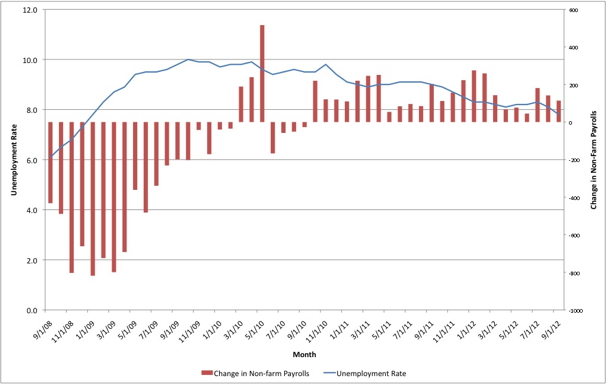Numbers Speak for Themselves, But Who’s Listening?
The NBA professional scouts saw little in (Harvard University graduate and NBA star Jeremy) Lin. But a FedEx delivery truck driver, Ed Weiland, was paying attention. Weiland was a contributor to the website HoopsAnalyst.com blog.
Weiland predicted that Lin would be an exceptional talent based on the combination of two statistics: two-point field goal percentage and RSB40. The first stat is obvious, but the second completed the picture about Lin. RSB40 is a combination statistic measuring rebounds, steals and blocked shots (the RSB) per 40 minutes. Lin’s high index for these two stats revealed his dominance at both ends of the basketball court. Weiland’s prediction was initially ignored. Now he appears to be clairvoyant.
Who knew? Was it Ed Weiland? Or were the numbers already there, and Ed Weiland was listening?


